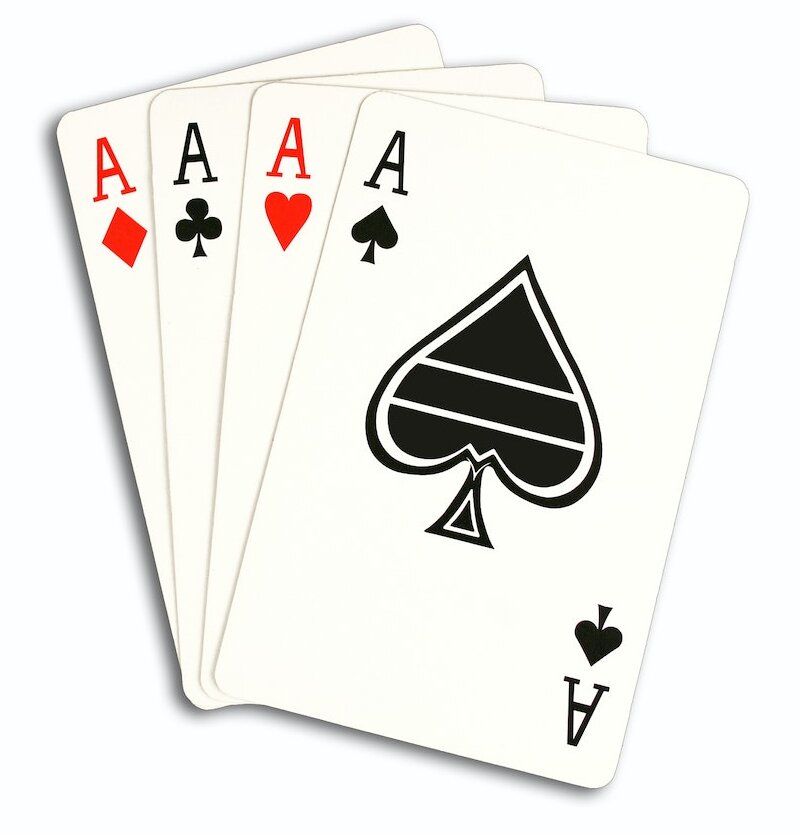How to Play Pineapple Poker

Pineapple poker is a captivating variation of the popular Texas Hold’em game. While it shares similarities with Hold’em, there are strategic adjustments required to achieve success. In this article, we will explore the easy strategy and ironclad rules of Pineapple poker, covering various variations and offering essential tips for playing the game effectively.
Understanding Pineapple Poker
Pineapple poker closely resembles Texas Hold’em, with one key difference: players receive three initial cards instead of two. The variation of Pineapple is determined by what happens to the third card and when it occurs. The game can be played with no limit, pot limit, or limit betting structures.

Common Variations of Pineapple Poker
Pineapple poker has two well-known variations, as well as a couple of lesser-known versions:
Simple Pineapple
The most prevalent version is simply called Pineapple. In this variation, players discard one of their cards before any betting rounds or the flop. The subsequent gameplay mirrors that of a regular game of Texas Hold’em.
Crazy Pineapple
Another popular version is Crazy Pineapple. Here, players discard their third card after the flop. Otherwise, the round is played out similarly to Simple Pineapple.
Lazy Pineapple (Tahoe) and Super Hold'em
Two less common variations, known as Lazy Pineapple and Super Hold’em, allow players to retain all three hole cards throughout the entire hand. However, they can only use a maximum of two hole cards to form their best five-card hand. Super Hold’em, although arguable as a Hold’em variation, bears resemblance to Pineapple and is included here for its relevance.
Dealing Cards and Gameplay
The dealing of cards and the gameplay of Pineapple poker are nearly identical to those of Texas Hold’em, except for the fact that players receive three hole cards instead of two.
How to Play Pineapple Poker
For those unfamiliar with Texas Hold’em, here is a step-by-step guide to playing a round of Pineapple poker:
1. Dealer Position
Determine the dealer position, usually by randomly shuffling and dealing cards. The player with the highest card becomes the dealer. A button is used to signify the dealer position, which moves to the left after each hand.
2. Blinds
The player to the left of the dealer places a forced wager known as the small blind. The subsequent player places the big blind, which is twice the value of the small blind. The blinds’ specific amounts are determined by the table limits or stakes.
3. Each Player Receives 3 Cards
Each player is dealt three cards, one at a time, starting with the small blind. After receiving their cards, players must discard one of them.
4. Betting Rounds
The player to the left of the big blind can fold, call the big blind, or make a raise. The betting proceeds to the left, with players folding or calling the most recent wager until the betting round concludes.
5. The Flop
The dealer then deals three community cards, known as the flop, face-up in the centre of the table. These cards are used by all players, in combination with their hole cards, to create the best possible five-card poker hand.
6. Betting Continues
The first player to the left of the dealer, who is still in the hand, acts first in the next round of betting. This player may choose to check or bet, and the action continues to the left.
7. The Turn and River
After the flop betting round, the dealer places one more card face-up beside the flop. This card is called the turn card. Another betting round takes place, followed by the final community card, known as the river. A final round of betting occurs after the river card is revealed.
8. Showdown
In the final round, each player uses any combination of the five community cards and their two hole cards to create their best five-card hand. Players can utilize both hole cards, one hole card, or none of their hole cards, similar to standard Hold’em.
Basic Winning Pineapple Strategy
When transitioning from Texas Hold’em to one of the Pineapple variations, it is crucial to adjust your strategy accordingly. Here are some basic tips to get you started:
Assessing Your Hand
In regular Pineapple, a strategy similar to that used in Texas Hold’em is generally effective. However, since the average winning hand value is higher in Pineapple, focus on stronger hands than you would in Hold’em. Sets and full houses occur more frequently in Pineapple due to players being more likely to hold a pair pre-flop.
Strategic Tweaks
Certain strategic adjustments are required for Pineapple poker, particularly in Lazy Pineapple and Super Hold’em, where players are allowed to take all three hole cards to the showdown. Be mindful of the possibility of higher-ranking hands and consider the strength of your opponents’ holdings.
Aim for Strong Hands
As a rule of thumb, strive to have the best possible hand or be drawing to the best possible hand after the flop. While not an absolute requirement, this approach is particularly relevant in the variations of Pineapple covered here. Hands that are third or fourth best become risky, and even second-best hands can be treacherous.
Need for Better Hands
Remember that Pineapple games generally require stronger hands on average compared to Texas Hold’em. As you gain experience, you will quickly recognise the importance of adjusting your play accordingly.
Conclusion
Pineapple poker offers an exciting twist on the popular Texas Hold’em game. By understanding the various variations and implementing appropriate strategies, you can enhance your chances of success. Whether you prefer the simplicity of Simple Pineapple or the complexity of Super Hold’em, adapt your approach to capitalise on the unique aspects of each game. With practice and experience, you’ll master the easy strategy and ironclad rules of Pineapple poker.
